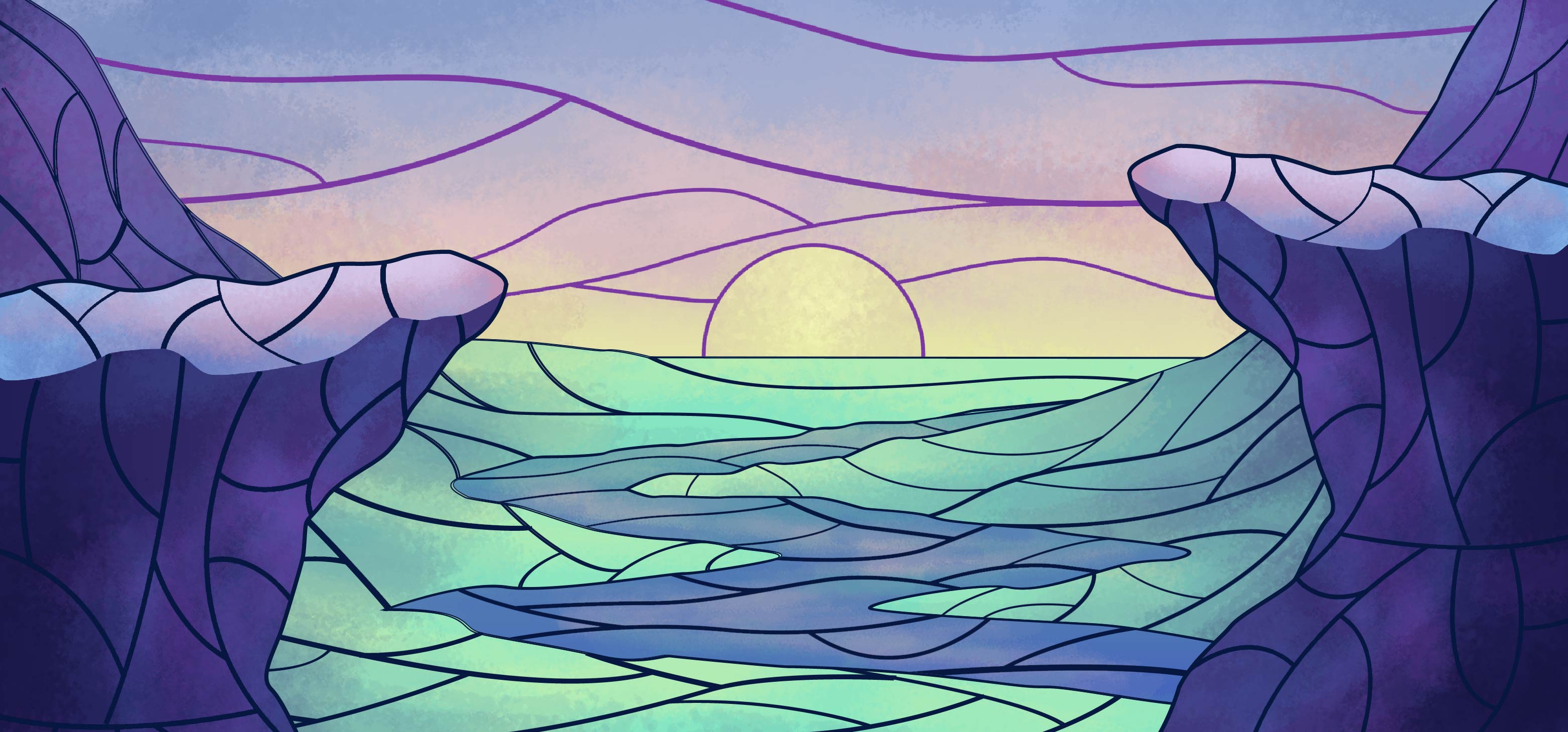Hobgoblin
Hobgoblin
Order From Chaos
The hobgoblins — with citrus or crimson skin — have long hair ranging from dark red-brown to shady gray. Their yellow or umber eyes peer out from beneath their beetling brows, and their wide mouths sport sharp, jutting teeth. Their size — which ranges between six to seven feet — is a sign of superiority and leadership amongst goblins who pale in their tiny figures. Similar to the goblins they come from, hobgoblins have long, pointed ears that typically stick out from beneath their hair. These harsh, jolty features distinguish hobgoblins from many of the other races of Fehr’gia, further linking them to their monstrous heritage. In hobgoblin culture, these scars are a sign of weakness, and either consciously or subconsciously, most hobgoblins will give their best effort to hide or cover up any such weakness. Perhaps the most peculiar aspect of the hobgoblin is their birth. Despite being a different species, hobgoblins arise naturally from a tribe of goblins, born whenever the goblins’ innate chaos becomes too overwhelming. Furthermore, the hobgoblin has adapted the natural diversity of the goblin, and many have taken some of the key features from their goblin clan. You may incorporate visual traits from your hobgoblin’s tribe.
Born to Lead
When enough goblins group together, the clan will naturally descend into a state of chaos. That is, unless something can manage to reel in the rabble and prevent the oncoming entropy. This balancing force is the hobgoblin, which naturally arises whenever a goblin tribe reaches this point of havoc. Born naturally from the broods of successful goblin tribes, these hobgoblins are raised and treated with special care from their tribe until they reach adulthood. When they reach this stage of maturity, a hobgoblin will naturally assume the mantle of leader, taking full control over the goblin clan they were born into. This “ceremony” usually results in the slaughtering, or more specifically, decapitation of the previous goblin leader. However, an exception to this ceremony can be made: in the largest of goblin tribes, small “warcouncils” of hobgoblins will work together in expert coordination instead of a single hobgoblin in total control.
Perfection, Without Exception
Because of the intense amount of difficulty in commanding large quantities of goblins, there is a great amount of patience and loyalty required to rule a tribe. As such, hobgoblins have it ingrained in their nature to uphold appearances, working tirelessly to ensure they remain in control at all times; if they were to show even the slightest bit of weakness, endless havoc could arise from their tribe. Because of this fierce and loyal nature, hobgoblins tend to strive towards perfection, hoping to inspire those around them and hold order over those below them. However, this intense aspiration is not an easy burden; hobgoblins often struggle with the heavy weight of leadership, and may even come off as distant or cold when they are given the option to re-enter society. This coldness, however, is a blatant disguise, utilized by the extremely social hobgoblin to fully control their appearance so that they may uphold their reputation within their clan. Because of the social nature of the hobgoblins, when one is separated from their tribe, they quickly find themselves at the greatest fault of their very psychology. Without a clan, hobgoblins quickly become heavily depressed, attempting to integrate into any other local goblin, kobold, or even ratling tribes. In doing so, the hobgoblin will instantly become the de facto leader without any complication. In the hardest of circumstances, hobgoblins may even forgo tribal life and attempt to integrate into modern society in order to survive and avoid this deep depression.
Hobgoblin Names
While hobgoblin names are derived from goblin names, they are considered almost a “royalty” status above the standard goblin. As such, these names tend to have more tact or grace over their goblin brothers and sisters, highlighting the most important-sounding noises of the goblin language.
Male Hobgoblin Names: Grur, Vud, Lagnok, Akkug, Dulzun, Mul, Kur, MaderonFemale Hobgoblin Names: Gran, Kuila, Zronka, Vuiloa, Akkan, Gaik, Revilra
Darkvision. You can see in dim light within 60 feet of you as if it were bright light, and in darkness as if it were dim light. You can't discern color in darkness, only shades of gray.
Saving Face. Hobgoblins are careful not to show weakness in front of their allies, for fear of losing status. If you miss with an attack roll or fail an ability check or a saving throw, you can gain a bonus to the roll equal to the number of allies you can see within 30 feet of you (maximum bonus of +5). Once you use this trait, you can't use it again until you finish a short or long rest.
Fearless Form. You had advantage on saving throws against being feared.


